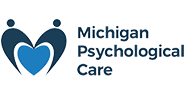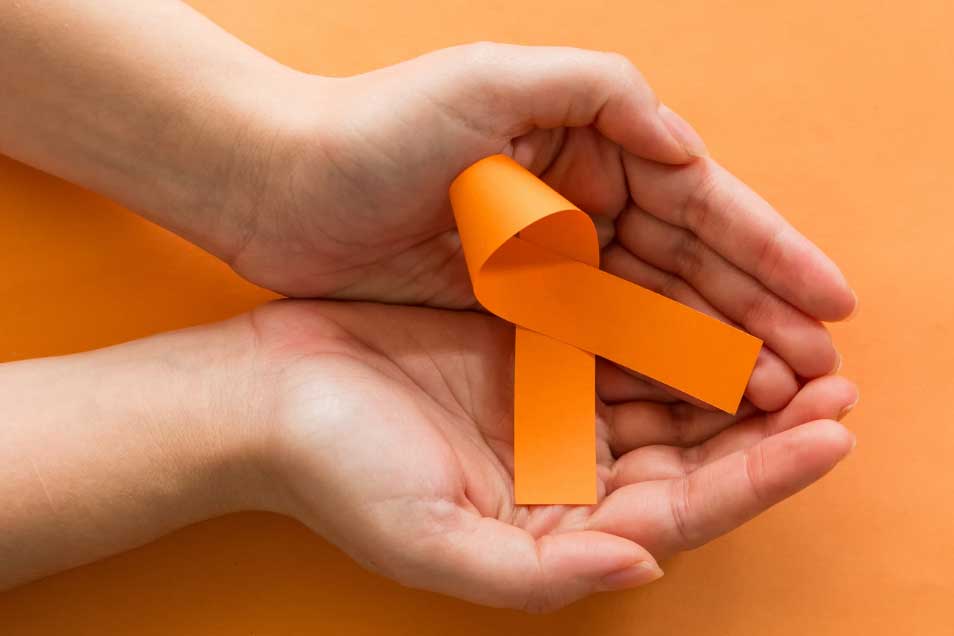Self-Injury Awareness Day (March 1): The Symptoms of Self-Harm
March 1 is Self-Injury Awareness Day, a day intended for educating people about self-harm and helping those who need support find it. This is precisely why we have decided to discuss self-harm in today’s article.
.What is Self-Harm?
Self-harm is the act of injuring or hurting yourself on purpose. There are many different ways a person may attempt to hurt themselves, with some of the most commonly known methods including cutting, burning, or pulling out their hair.
If a person is hurting themselves or considering hurting themselves, they are likely struggling with extreme emotional distress. This is why seeking the help of a mental health professional is so important when it comes to thoughts or acts of self-harm.
These distressing emotions will only continue to get more distressing without proper intervention. People typically self-harm because they have not yet developed healthy coping skills to help them get through difficult emotions. The person may be experiencing a mental health disorder, like depression or an eating disorder, or they may have yet to learn how to properly regulate their emotions.
The Signs and Symptoms of Self-Harm
If you are worried that you or somebody you love may be experiencing symptoms of self-harm, learning which signs to watch for may ensure the self-harm behaviors receive the necessary treatment. The signs and symptoms include:
- Visible scars that will likely appear in a pattern.
- Excessive rubbing in order to burn the skin
- Emotional instability
- Behavioral impulsivity
- Relationship issues
- Wearing long sleeves and pants, even when the weather is too hot for it
- Fresh cuts, bruises, or other wounds
- Frequent accident reports
- Sustaining access to sharp objects
- Feeling worthless or hopeless
Seeking Treatment for Self-Harm
If you are thinking about hurting yourself or have engaged in self-harm behaviors, you should seek help as soon as possible. These behaviors can be a sign of a deeper problem that may only get worse with time if left untreated.
There are effective treatments out there to help you gain control of your emotions and thoughts. Each treatment will vary depending on your diagnosis, lifestyle, personal goals, and a number of other variables. Some of these treatments include:
- Psychodynamic therapy: a therapy that focuses on exploring the client’s past experiences and emotions.
- Cognitive behavioral therapy: a therapy that observes thought patterns, with the goal of turning negative thoughts into more realistic, optimistic thoughts and building coping skills.
- Dialectical behavioral therapy: a behavioral therapy with the goal of teaching a person emotional coping skills.
In some more severe cases, a doctor may recommend a short psychiatric stay. This stay will be geared toward keeping you in a safe environment to focus fully on your recovery.
If you or somebody you love is experiencing thoughts or acts of self-harm, know that you do not have to struggle alone. We are here to help. Contact us today and we will work to get you the treatment you need to begin your path to healing.
References
https://www.nami.org/About-Mental-Illness/Common-with-Mental-Illness/Self-harm
Keywords: self-harm, cutting, eating disorders, suicide, depression


